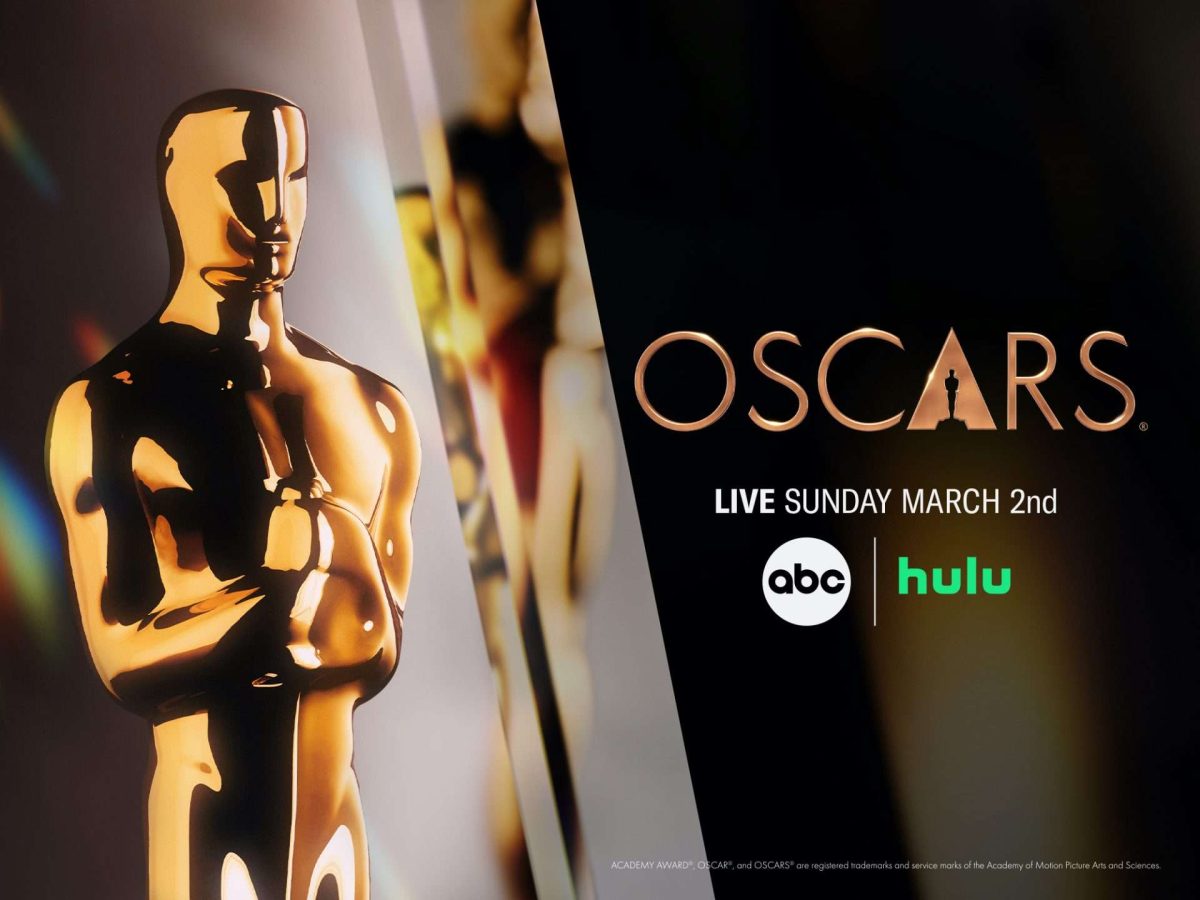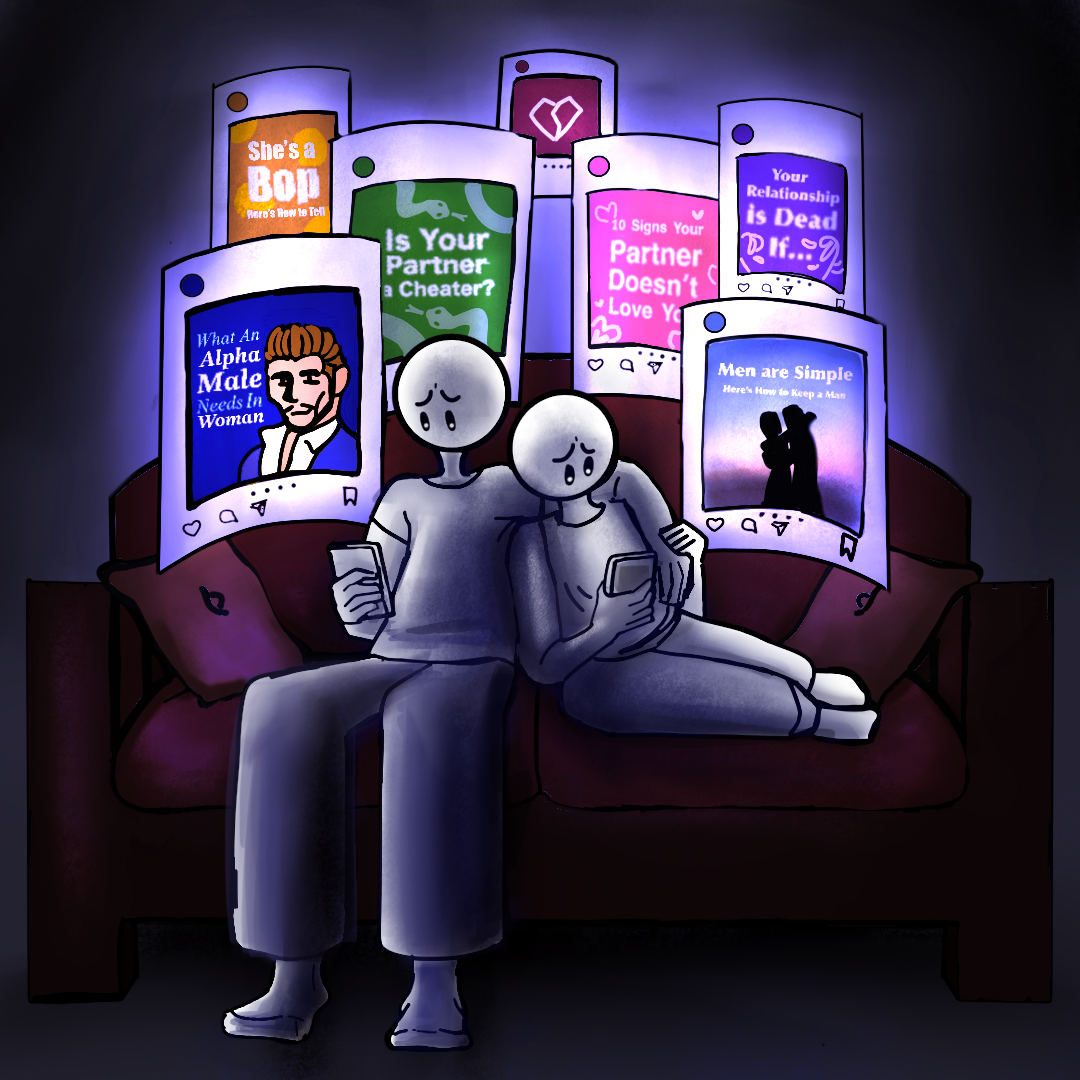Despite having the third most followers in the world, atheism and nonreligious beliefs have been getting the short end of the stick for many years. Secularist and atheist teachings have been outlawed, hated and mocked by virtually all other major religions. And for most of America’s history, those groups have been ignored at all levels of learning.
This unfair neglect is slowly coming to an end, thanks in no small part to classes such as Religious Studies 380: Atheism, Humanism and Secularism, being offered for the first time this fall at San Diego State.
It’s hard to understate the importance of such a comprehensive class on nonbelief. If you’re anything like me and find yourself confused as to what humanism even means, and whether atheism and agnosticism mean the same thing, you’re a living testament for how overdue this class is.
But this new course serves an important purpose beyond helping students analyze alternative views on religion. It also grants the study of nonbelief much-needed academic recognition.
This recognition is a long time coming for a religious ideology first proposed by the ancient Greeks — you know, the guys who invented democracy and algebra — hundreds of years before Jesus was born. Since then, nonbelievers have reached 1.1 billion people strong, including 15 percent of Americans. Yet in America, atheism has failed to receive the kind of widespread acknowledgment given to smaller and newer religious beliefs.
The course, taught by professor Roy Whitaker, is an important first step, but it’s far from an isolated one. Pitzer College, thanks to the efforts of professor Phil Zuckerman, is now offering a degree in secular studies. But this is hardly enough. Atheism and secularism should receive equal standing among other religions throughout the academic spectrum. World religion classes, which many students are required to take for a variety of majors, should give equal time to the study of atheism and secularism just like any other religion.
SDSU and Pitzer College are pioneers in a field ripe for the kind of critical thinking and innovative study the best universities in the world are known for. They must continue to push forward, expanding the study of irreligion and nonbelief as they become global leaders in this often neglected ideology. They are an example the rest of the Cal State Universities and University of California schools must follow if they wish to be considered fair and impartial toward religion.
But why start with college? After all, most students get their first taste of world religions in high school social science classes. These classes often discuss everything from Christianity to Zoroastrianism, but conveniently ignore atheism. It’s time public schools demonstrate the impartiality toward religions required by the Constitution and give atheism its due attention.
This may seem like a novel and even controversial proposition, but it is far from unprecedented. England, a fellow western nation founded in similar Judeo-Christian traditions, has experienced a resounding boom in atheism. So much so that a recent poll found 2-3 of British teens between the ages of 13 and 18 don’t believe in God. Six out of 10 even go so far as to say religion has a negative impact on the world. Faced with this shifting demographic, the British Qualifications and Curriculum Authority — think Department of Education, but with a fancier name — changed the school standards to give atheism the same amount of time and attention religions such as Christianity and Islam receive in religious education classes.
To some, the very idea of atheism being taught in public schools and universities feels like an assault on traditional religions. After all, hatred of atheists has often been the only point of agreement between bitterly divided religious sects. Trying to uphold atheistic ideas as equal to conventional religious ones is bound to be met with some outrage. Thankfully, this kind of exclusionary mentality has not found a home within the College of Arts and Letters, which has twice increased the enrollment cap for the Atheism, Humanism and Secularism course to accommodate eager students. That mentality too must not find a home within society at large. After all, Christianity has been taught for decades alongside Judaism at all levels of public education, though no person claims one is a repudiation of the other. Countless different religious beliefs have been able to coexist in harmony in the impartial halls of public education. There should be no problem adding one more, no matter how unconventional it may seem.
For centuries, atheists have been a silent minority in America’s ongoing dialogue on religion, belief and its place in our society. But the number of nonbelievers is growing and they are demanding to be heard. Those willing to listen the way SDSU did will be in the forefront of the new age in American religious life.
— Leonardo Castaneda is an economics and journalism sophomore.






